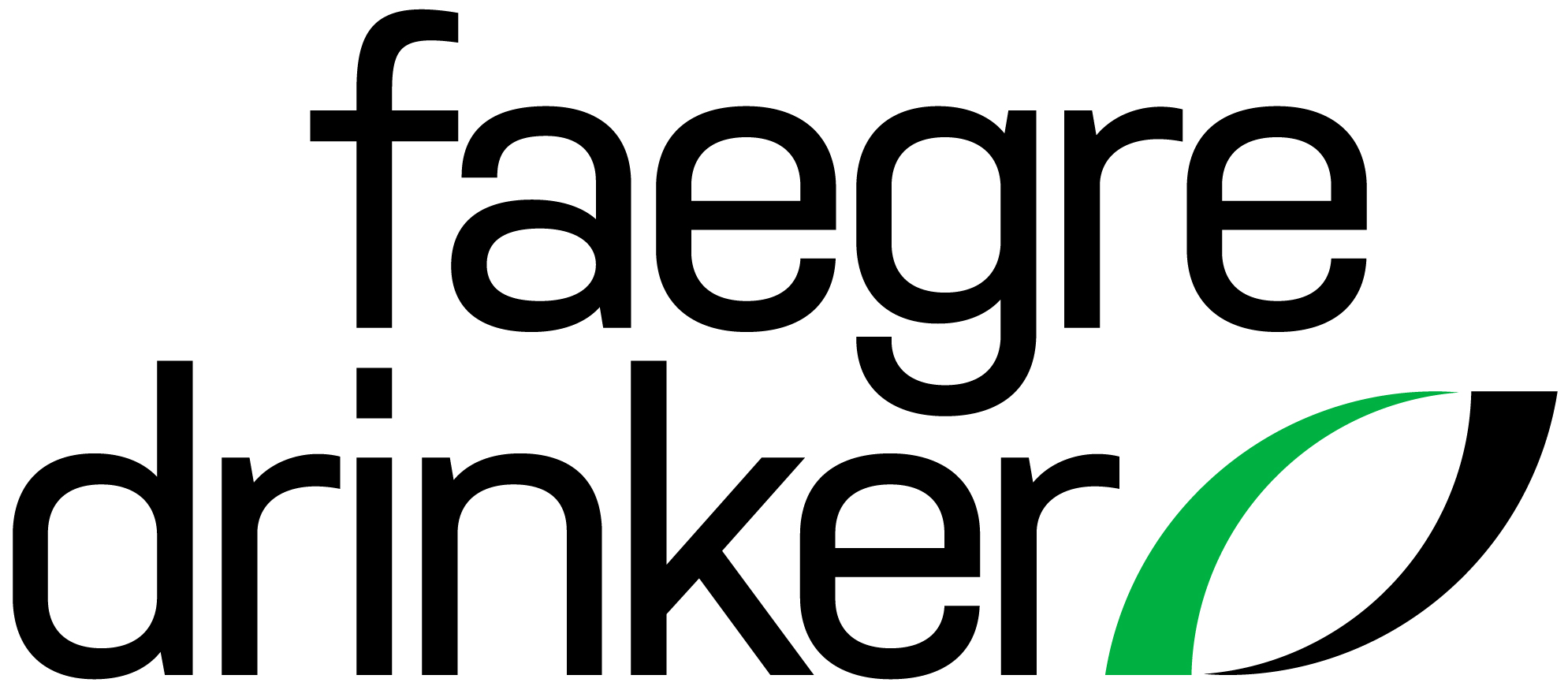U.S. Supreme Court Invalidates Race-Conscious Admissions: Key Considerations for Postsecondary Institutions, Employers and Others
July 6, 2023
At a Glance
Both public colleges and universities, and private institutions receiving federal funds, are prohibited from considering race in admissions decisions.
Colleges and universities must carefully review and assess their admissions policies to ensure compliance with the Court’s rulings.
There may be significant implications for employers’ voluntary affirmative action and DEI programs, as well as potential implications for mandatory affirmative action for government contractors, as a result of the decision.
On June 29, 2023, the U.S. Supreme Court decided Students for Fair Admissions, Inc. v. President and Fellows of Harvard College, No. 20-1199, and Students for Fair Admissions, Inc. v. University of North Carolina et al., No. 21-707 (together, Students for Fair Admissions), holding that race-conscious admissions programs used by Harvard College and the University of North Carolina are constitutionally impermissible, and violate the Equal Protection Clause of the Fourteenth Amendment. That decision and our same-day summary are available here. The Court granted certiorari in order to determine whether Grutter v. Bollinger, 539 U.S. 306 (2003), the controlling precedent holding that institutions of higher education may use race as a factor in admissions, is still good law. The Court declined to explicitly overrule Grutter, but its holding effectively ends the ability to consider race as a factor in admissions decisions. (In a concurring opinion, Justice Thomas notes that he “highly doubt[s]” that any race-conscious admissions program will pass muster “given the strictures set out by the Court.”) Considering the breadth of the language in the majority opinion, this decision has far-reaching and significant implications not only for colleges and universities, but also potentially for private employers, K-12 schools, government contractors, and other entities outside the higher education sector.


